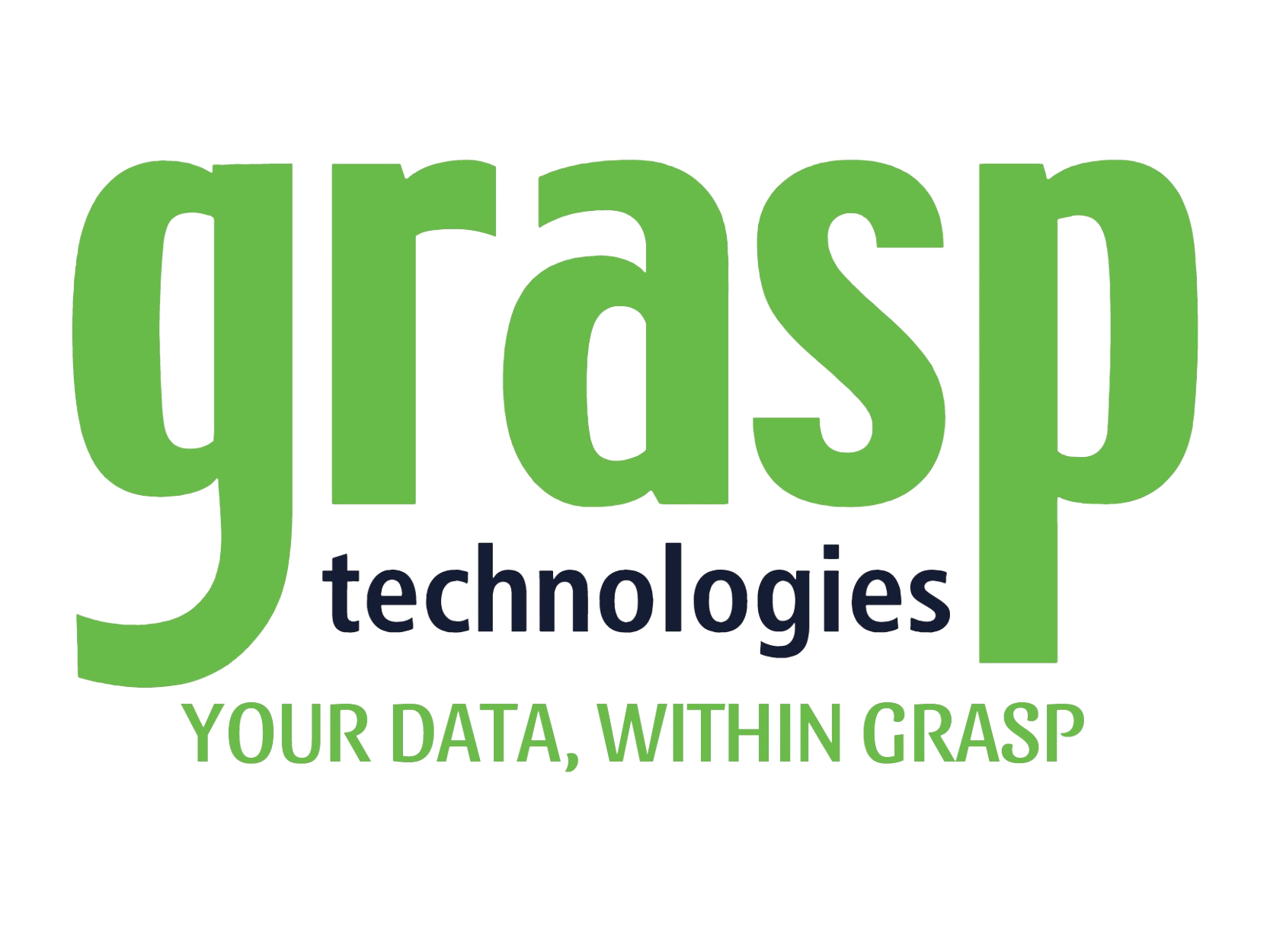I find it interesting that all industries have a story on how technology has impacted them over the years and even decades. It might be surprising to some that the travel industry has been an early adopter of technology in that the first reservation systems were created in the late 1950s and early 1960s with the creation of ReserVec and the Semi-Automatic Business Research Environment. The latter became an acronym for the well-known SABRE system. One could have an entire article on travel industry acronyms and initialisms but we will defer that for another article.
These systems started as punched cards and transistorized computers to give you a possible visual of what this technology looked like. Cutting edge, I’m sure at the time and these existed decades before the arrival of the PC, Mac, and Internet.
crs data
Before the introduction of these reservation systems, an airline's system for booking flights was completely manual. However with the invention of these systems, it gave airlines the ability to automate some processes and distribute content to agencies. Terminals were given to agencies which would connect to these CRS (computer/central reservation system) mainframe systems so that agencies could book airline tickets.
These CRS platforms gave rise to the first iterations of PNR (passenger name record). The PNR remains a key data component of almost every travel dataset even today. It tends to be the unique identifier of a trip.
gds data
It wasn’t until the 1990s that CRSs had an evolutionary shift to include more booking capability and as a result, more data. Agencies were able to make bookings not only for airline tickets but also for hotel and car reservations, increasing the efficiencies for the booking process. And also bundling more data together for the trip. A traveler could have a variety of data outside of an airline ticket like hotel check-in time, amenities like breakfast or parking, and car rental information like airport drop off and various vehicle types.
evolution
Although the travel industry seemed to have an early start in technology dating back to mid 20th century, it didn’t really evolve quickly after that. There was a large gap between the 1950s until the 1990s where there really was no change in booking processes or data collected. In fact, it seemed that the industry had a hesitancy around electronic automation. The International Air Transport Association (IATA) for instance had to mandate in 2008 that IATA-member airlines would no longer issue any paper tickets.
And although some changes have occurred since then, a number of systems are still quite clunky and do not work well together.
transmission of data
Most agencies will have many processes that connect to a GDS as that is a key booking channel. Online booking tools can provide a web front end to the GDS so that corporate clients can make bookings themselves. However, the passing of post booking data tends from one system to another is using really old technology and is never real time. Data from the various systems connecting to a GDS for booking data tend to use queues. Those systems could be duty of care, mid office business rules, or other third party providers. If we look up the definition of a queue in a dictionary, it does have some context around order or sequence but it also has the definition of a ‘wait’. It’s a delay, not real time.
Another example of a slow data handoff is transmitting GDS data to the agency’s back office accounting system. Often GDS software residing on the agency’s network will be listening for new transactions made in the GDS and when an invoice is issued, that software creates a text file on a computer at the agency. That process isn’t real time but it can happen within a few minutes. That process of creating a text file is the mechanism for sending information to the back office. Back office software periodically checks a specific folder for new files and then will consume the files into its database to create invoices and bookings in the back office. So in reality the GDS and back office are never really talking to one another. They are simply sharing a folder on a computer at the agency and one is occasionally creating a text file and the other is periodically listening for new data.
And that process still exists today. In fact, until recently, most back office systems were not even Internet aware. But change is coming.
the future: data streaming
Outside of travel, our technology needs have evolved much faster. We have demanded easily accessible data usually through mobile capability and rich information instantly. That evolution is beginning to take place in travel.
Companies are trying to be more data-centric, but the conventional technologies aren’t scalable and don’t provide insights that are required to drive innovation. Rather than transmitting data via queues or overnight batch files, travel tech providers are looking at ways to send rich data instantly, in real time.
Instead of file transfer, connectivity can be done through APIs or web hooks to provide immediate transfer of data. And unlike messaging systems such as queues, a streaming platform is built on a modern distributed system foundation and can scale to the scope of an entire company whereas messaging systems support one or a handful of applications.
More information on data streaming in travel to come.

